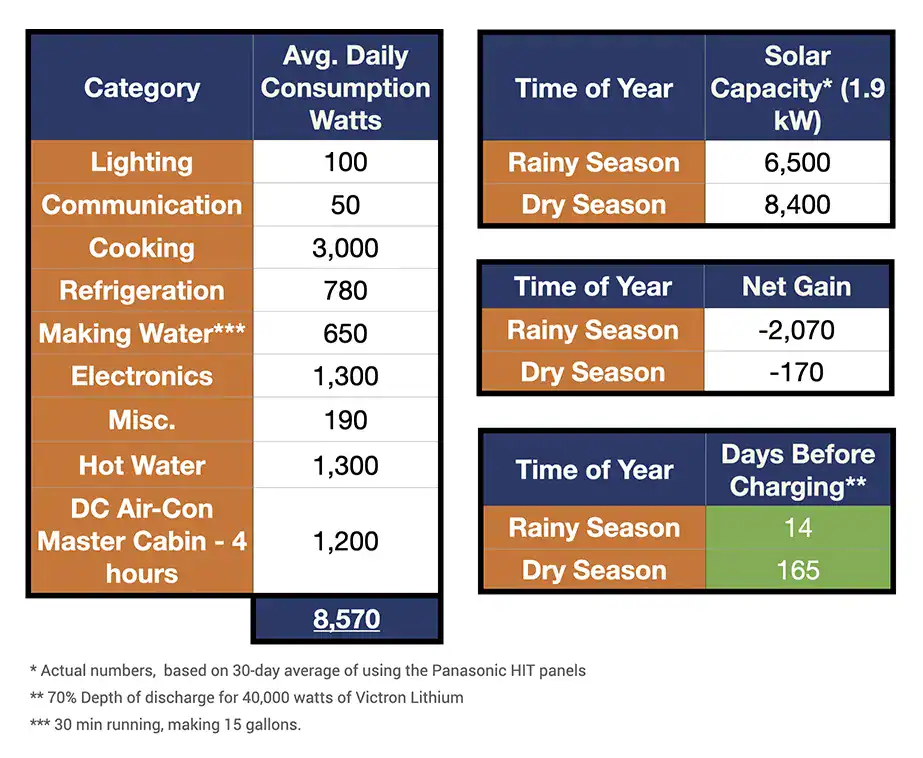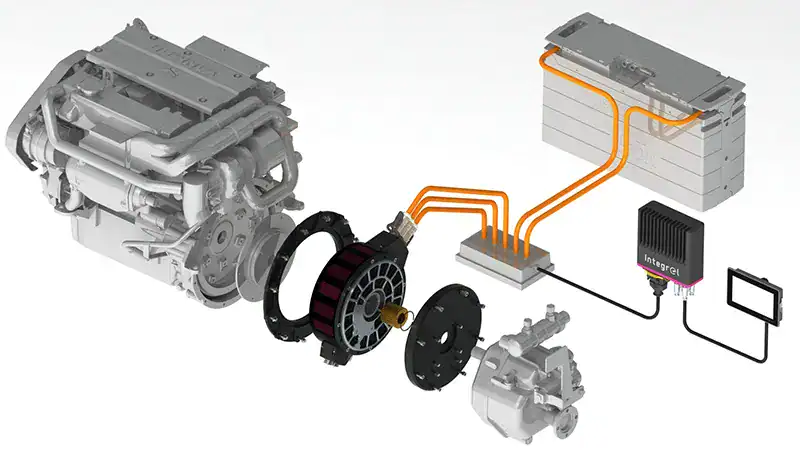Choose the hybrid solution that matches your style of sailing. The Antares Hybrid Catamaran is now available with two systems: the Hybrid Marine Parallel Hybrid and the Integrel Hybrid E-Drive. Both provide quiet electric power, long-range energy independence, and lower emissions. They do this without losing the safety of diesel backup.
Why Hybrid?
More sailors are choosing hybrid catamaran propulsion. This choice improves the onboard experience and makes life easier and more sustainable.
A hybrid system lowers your carbon footprint. It adds a large lithium capacity for comfort on your boat. It also allows for quiet motoring when needed. At the same time, you still have reliable diesel engines for offshore conditions.
As lithium battery costs fall and solar efficiency improves, electric catamaran propulsion has become practical, safe, and desirable. Hybrid cruising is no longer an experiment—it is the smart way to enjoy comfort and freedom on long passages.
Antares hybrid customer comments
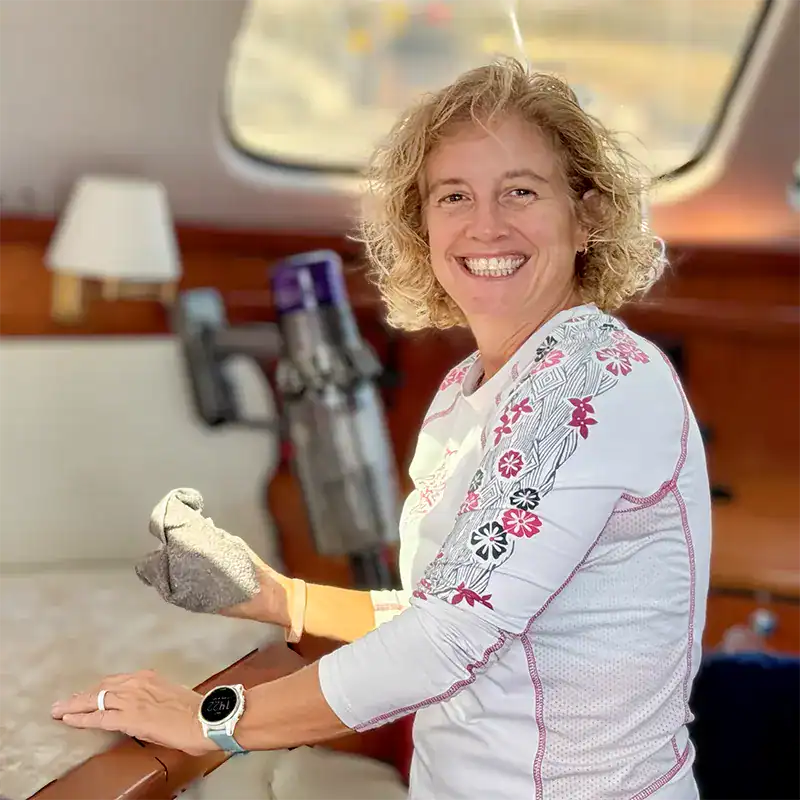
“Our friends on other boats are very envious—we can run AC whenever we want, with no GENERATOR RUNNING ALL NIGHT onboard. It’s a mega-yacht lifestyle.” – Barbara
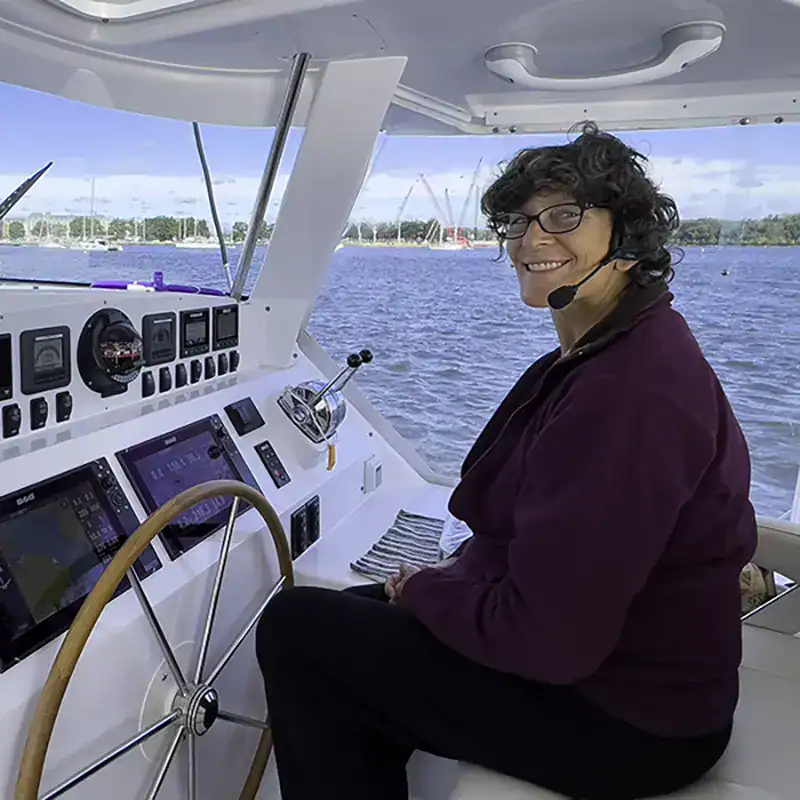
“What surprised me was how quickly the batteries charged with the diesel in generator mode. We could just go and go.” – Sara
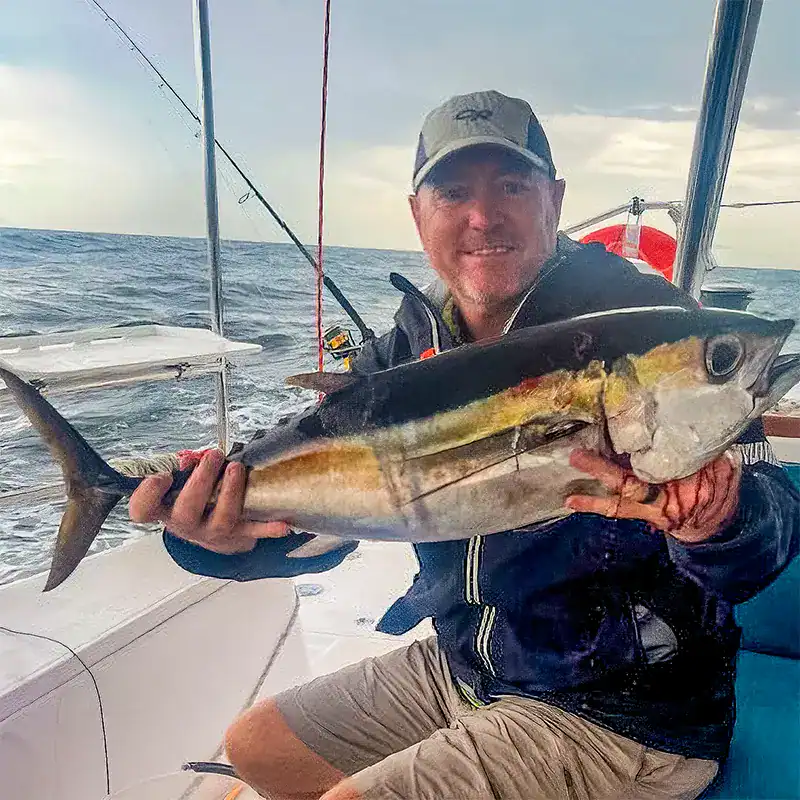
“Electric motors have been around forever. The system isn’t as complicated as it looks—really, it just works.” – Scott
Hear from hybrid owners
Living the Hybrid Lifestyle
Experience true energy independence at sea. This chart illustrates how typical daily power consumption compares with the solar regeneration capacity of the Antares Hybrid system.
With either hybrid system, you can enjoy true off-grid independence:
-
Quiet power – Run watermakers, refrigeration, and even air conditioning without a generator.
-
Silent nights – Lithium batteries and solar keep you comfortable at anchor.
-
Extended range – Hydro-generation supplies extra energy underway.
-
Better sailing – Electric propulsion adds apparent wind in light airs, keeping sails full and speed up.
Hybrid living aboard is all about
comfort, independence, and sustainability.
Hybrid Options at a Glance
Two hybrid solutions. One Antares Catamaran.


| Feature | Hybrid Marine Parallel Hybrid | Integrel Hybrid E-Drive |
|---|---|---|
| Battery Capacity | 40 kWh Victron Lithium | 40 kWh Victron Lithium |
| Motors | 2 x 10 kW | 2 x 15 kW axial-flux |
| Diesel Engines | 2 x 40 hp Yanmar | 2 x 56 hp Yanmar |
| Propulsion Modes | Diesel, Electric, Combination | Diesel, Electric, Combination |
| Redundancy | Each hull runs independently | Each hull runs independently |
| NMEA Integration | No | Yes, B&G and other NMEA devices |
| Clutch Mechanism | Manual Operation | Electronic Operation |
| Regeneration | Yes | No - Coming in the future |
| Years in Service | Over 15 years | New product, 2024 |
Hybrid Marine Parallel Hybrid
The Hybrid Marine Parallel Hybrid is a trusted choice for sailors. It offers the benefits of hybrid catamaran propulsion without extra complexity. With over 15 years of successful installations around the world, Hybrid Marine offers a strong and reliable system. It is designed for long-term bluewater cruising.
Proven Design, Trusted Worldwide
This system uses a straightforward parallel hybrid configuration, pairing 40 kWh of Victron lithium batteries with dual 10 kW propulsion motors and Yanmar diesels. Each hull can operate independently, giving you unmatched redundancy and peace of mind when sailing offshore.
Key Advantages of Hybrid Marine Parallel Hybrid
-
Lightweight Integration – Minimal weight increase (<150 kg) compared to a traditional diesel-only system.
-
Safety & Redundancy – Each hull runs independently, ensuring propulsion in any condition.
-
Lower Maintenance – Fewer moving parts and easier service compared to high-tech alternatives.
-
Proven in Cruising Catamarans – Decades of reliable operation with continuous improvements.
Integrel Hybrid E-Drive
The Integrel Hybrid E-Drive represents the next generation of hybrid catamaran propulsion. Designed for sailors who want cutting-edge performance, this system combines advanced engineering with award-winning innovation. The Integrel solution uses two 15 kW axial-flux motors. It can generate up to 30 kW of power. This system offers more power, more flexibility, and better efficiency than traditional hybrid systems.
Smarter Power, Smoother Sailing
Unlike conventional generators, the Integrel Hybrid E-Drive transforms your Yanmar diesel engines into ultra-efficient power plants. While you are on the move, the system creates plenty of clean energy. This energy quickly charges your lithium battery bank. It is enough to power air conditioning, watermakers, and kitchen appliances without needing a separate generator.
Key Advantages of Integrel E-Drive
-
Award-Winning Technology – Recognized with the Dame Award for marine innovation.
-
High Efficiency – Up to 97% efficiency, making it one of the most effective electric catamaran drive systems available.
-
User-Friendly Integration – Touchscreen helm displays and mobile app connectivity put control and diagnostics at your fingertips.
-
Future-Ready Design – Software updates will enable smart hybrid modes, environmental-zone compliance, and even regeneration features.
Antares Hybrid Performance - Speed, Range, and Efficiency

A practical breakdown of electric vs. diesel propulsion, regen, and the most efficient ways to run the Antares Hybrid.
Hybrid Catamaran FAQ
The hybrid system allows 4-5 hours of silent motoring, offering a range of 20 – 25 nautical miles.
Yes. Both systems maintain Yanmar diesel propulsion. You’ll always have full redundancy for offshore sailing and passagemaking.
Yes. The Antares 44 Hybrid offers both options. You can select the system that best matches your cruising style — proven simplicity with Hybrid Marine or advanced efficiency with Integrel.
Absolutely. Both solutions are based on Yanmar diesel engines with global support. Hybrid Marine emphasizes easy mechanical service, while Integrel adds digital diagnostics and app integration.
Redundancy is built in. Each hull can operate independently, and at least one diesel engine will always be available.
No, not easily. This can be done, but it needs rewiring the boat to 48v. It also requires changes to the engine mount. There may be issues with the floor height for the upgrade.
Currently, about 2,100 watts of solar capacity are included. Antares is looking at options to increase this by 50%.
Yes. By relying more on solar, lithium batteries, and electric propulsion, you’ll cut fuel burn, reduce engine hours, and lower your carbon footprint.
Definitely. Both systems are designed for bluewater cruising. Hybrid propulsion adds comfort and independence without compromising safety or range.
Hybrid systems are ideal for sailors who want quieter passages, greater comfort at anchor, and reduced reliance on diesel fuel — whether you’re a weekend sailor or a full-time liveaboard.
